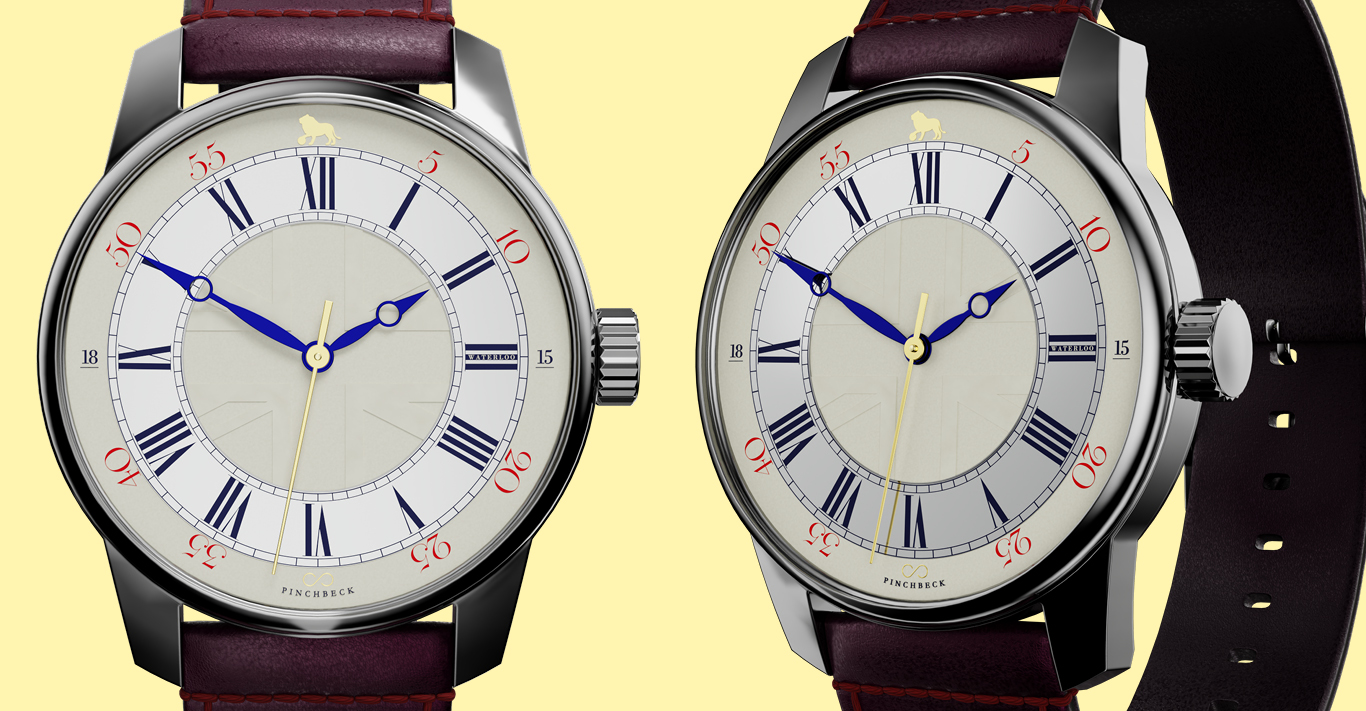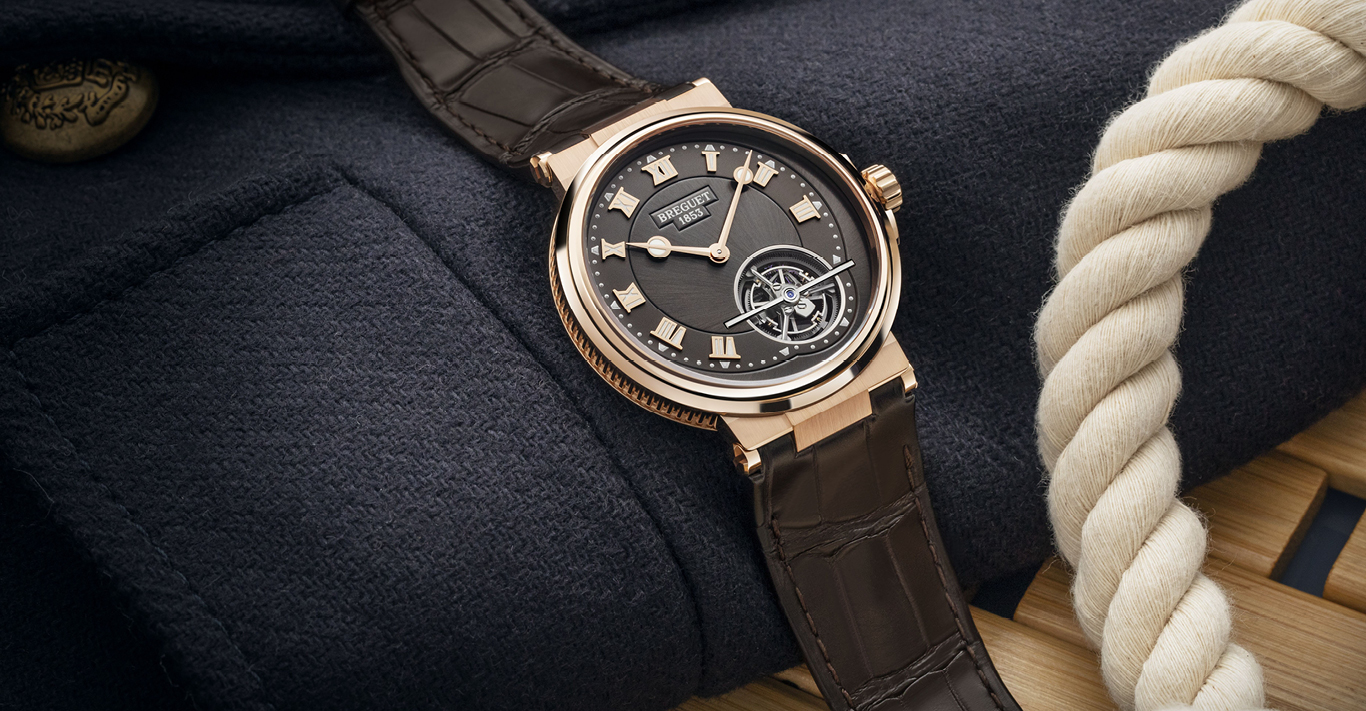WORDS
Ken Kessler
ILLUSTRATION
Roberts Rūrāns
In every field of manufacture, two or three standout brands seem to leave the rest behind. Guitars? Fender and Gibson. Phones? Apple and Samsung. Supercars? Ferrari, Porsche and Lamborghini. And luxury watches? No question: Patek Philippe and Rolex. While this observation about a duopoly or the occasional triumvirate ruling an entire market can be challenged, few would argue about the absolute supremacy of those two houses. And they’re growing stronger.
On the surface, they appear quite dissimilar, as Rolex is the more populist and approachable in price, its primary strength being stainless steel tool watches, with the dressy models less dominant. Patek Philippe is the opposite, its formal, classic watches the most obvious sellers, perpetually enjoying prominence over the sports models.
Amusingly, of late both brands have been enjoying reversals of these traditional sales proportions. Rolex’s executive-oriented Day-Date and Datejust are increasing in desirability and “cool”, while Patek Philippe’s diving-ready Nautilus and Aquanaut are also on vertical sales trajectories. And that’s just the current range.
Not that the two are merging conceptually in any way, for they remain as disparate as the aforementioned brace of Italian sports cars, although the similarities are striking. Both are based in Geneva. Both are true manufacturers, in that they make everything in-house, including their movements. Both are completely independent, Patek Philippe privately owned and Rolex a foundation, unlike the majority
of high-end watch companies that belong to multi-brand luxury groups.
Conversely, they remain – almost wilfully– individualistic. Rolex, as mysterious as a world-famous brand can be, deliberately avoids the two obsessions that the rest of the watch industry competes over on an annual basis: the pursuit of ultra-thinness, and the featuring of abstruse, nay, useless complications. Rolex is one of the few high-end brands that has spared us tourbillons, for example, instead concentrating on superior manufacturing, precision timekeeping and – in the context of its rivals – what must be regarded as astounding value for money.
Patek, on the other hand, has a 175-year-plus history of haute horlogerie innovation, especially with such useful inventions as world timers, and
is in the fortunate position of having a clientele unaffected by terrifying prices. Thus, it can indulge in dials featuring cloisonné, enamelling and other métiers d’art, while its expertise with complications is somehow more valid than when championed by arrivistes who think that they’re revolutionising 200-year-old concepts.
Along with the rest of the industry, both benefited mightily from the revival in interest in mechanical watches over the past 40 years, which followed the quartz crisis that nearly wiped out the entire Swiss watch business. Then again,
they earned their survival: they never forsook mechanical watches for quartz even during the darkest period. It was this continuity that helped to build the current pre-eminence of both, with seasoned connoisseurs recognising and valuing their longevity and stability.
It is also due, in part, to an established clientele for both houses that pre-dates the current customer demographic. It will puzzle those who think of both names as being as well-known as Rolls-Royce or Sony, but it wasn’t always so. In the decades prior to the 1990s, those who knew Rolex were those who needed tool watches for their work, such as divers or commercial pilots.
Patek Philippe? It was the sole preserve of what was old money. Its production was, and remains, limited and thus elite, and it was almost a well-kept secret. Such exclusivity makes both brands’ current broad-based desirability and the general public’s awareness all the more remarkable. It doesn’t hurt that Patek Philippe’s advertising slogan is so apt: they really do become family heirlooms. This is especially reflected in the vintage market, and the company can boast, in any given year, that eight or nine of the top 10 highest prices realised at auction are for Pateks. The most valuable wristwatch of them all, however, is a Rolex: the now-legendary Paul Newman Daytona, which topped $17.8m at auction.
Their dominance at these curated specialist sales has driven up the prices of second-hand examples from retailers, too, and there is no end in sight. Their fan bases continue to grow, feeding the demand for the older pieces, and rarity equals inflation. However, Patek and Rolex aren’t making any more 1956 Calatravas or 1967 Cosmographs.
So the frenzy over the highly coveted and rare pre-owned pieces continues apace and looks likely to grow. Even more impressive are Patek Philippe and Rolex’s latest watch sales figures and turnover. For both brands these reportedly show remarkable results as estimated by a number of authoritative financial sources, with sales rising to record levels both in the UK and globally. The success stories continue to mount up.
Both companies’ hottest models – Submariners and steel Daytonas for Rolex, Nautiluses and Aquanauts for Patek – are now subject to waiting lists measured in years. Neither company will increase production at the cost of quality. Current in-demand models, such as the Rolex GMT-Master II “Batman”, can be flipped with a phone call for a £5,000 premium over retail. Even A-listers have to join the queues.
When asked how long customers would
stay on the list before being discouraged, Patek Philippe’s CEO, Thierry Stern, suggested: ‘Two years’. When prodded further, he said that, personally, he would only wait for one. Coming from the only man on the planet who doesn’t have to wait for a Nautilus, that’s still a sign of devotion beyond the norm.




